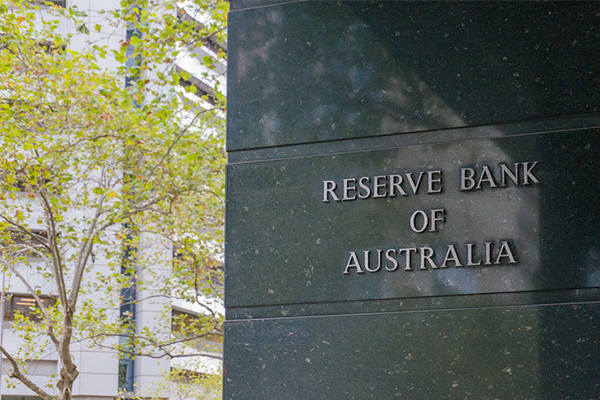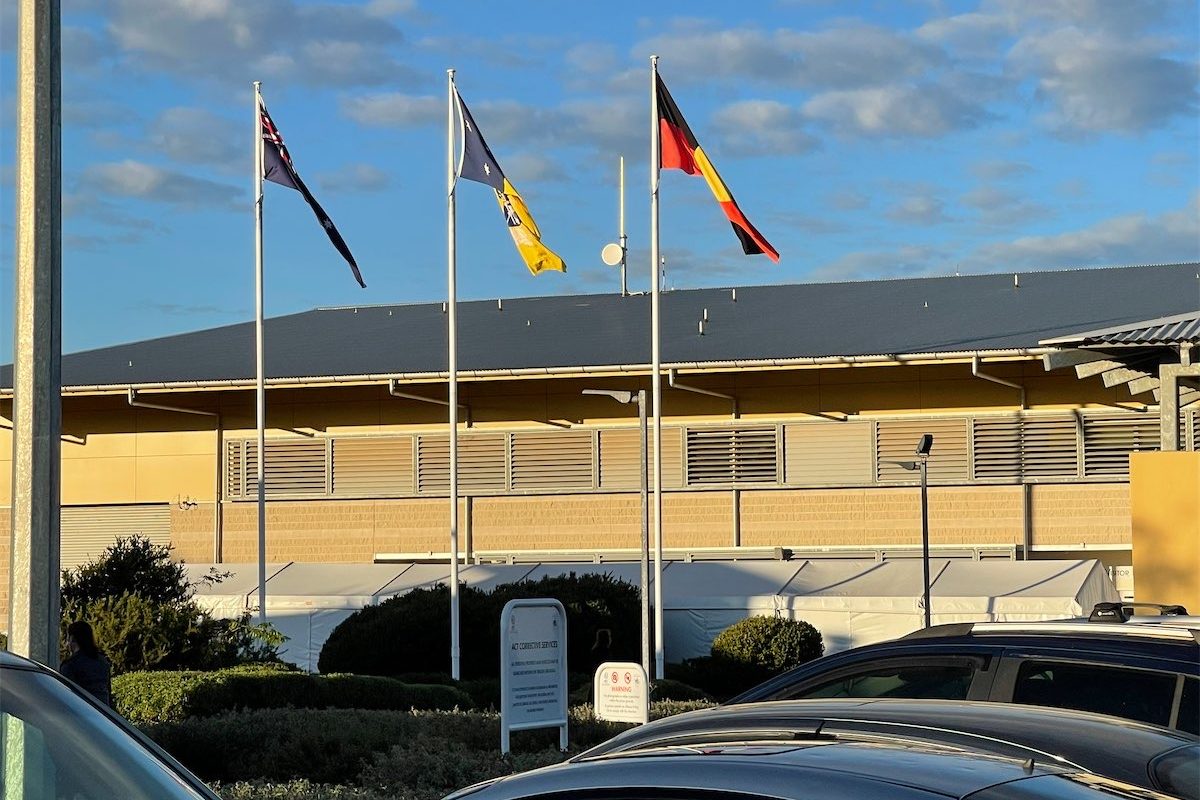
On February 7 the board might feel entitled to take the view that it might have done enough, and hold off for a while it waits to see how things play out, writes PETER MARTIN.
YOU might not know it from reading Tuesday’s statement announcing Australia’s eighth consecutive increase in interest rates, but our Reserve Bank might finally have done enough.
The statement says inflation is still “too high” and that the bank expects to increase rates further, although it is “not on a pre-set course”.
But, as it happens, the bank is unlikely to increase rates again for a further two months. The board doesn’t meet in January, meaning the nine weeks between now and its first meeting for 2023 on February 7 will provide an unusually long time for reflection – the first after eight relentless months of hikes.
From time to time, Reserve Bank officials talk about the idea of a “pause”. AMP chief economist Shane Oliver has counted the number of occasions they have referred to the prospect of a “pause” in talks in public pronouncements in the past month. He has counted six.
Inflation to hit 8 per cent, while weakening
Although the annual inflation figure for the year to December due on January 25 is expected to be high – the bank is expecting 8 per cent – the quarter-to-quarter result is likely to show inflation weakening.
The Bureau of Statistics releases the quarterly inflation figures only once every three months. But for some time now it has also been calculating inflation monthly, using a smaller survey that seems to give a pretty good indication of what the larger survey is about to show.
Oliver has graphed what the smaller survey has been saying each month about inflation over the previous three months alongside what the larger quarterly survey has been saying. The two line up, except that in recent months the monthly measure has been sliding.
This suggests that the official quarterly figure released in January will be weak.
Oliver concedes that the new monthly measure needs to be interpreted with caution, particularly partly because it excludes 30 per cent of the items included in the official quarterly measure, among them gas and electricity. But he says if 70 per cent of the quarterly measure is cooling down, “that has to be a positive sign”.
Globally, oil prices and wheat prices and the prices of other things affected by Russia’s invasion of Ukraine are down one-quarter to one-third from their peaks in the middle of the year, undoing much of what has been driving inflation.
The US is considering moderation
In the United States, where inflation peaked at 9.1 per cent in June and has since slid to 7.7 per cent, the head of the Federal Reserve Jerome Powell has begun talking about “moderating the pace of rate increases” saying given all he has done, he mightn’t need to raise rates much further to tame inflation.
Australia’s Reserve Bank has already moderated the size of its increases, cutting each one from 0.5 percentage points per month to 0.25 points in September.
If it merely wants to get inflation down (as it says it does) and not needlessly damage the economy along the way, there’s a good case for leaving rates steady at its first meeting for the year in February, and then waiting until sees the full impact of what it has done so far.
Australia’s eight rate rises to date are set to push up the cost of payments on a typical $600,000 variable mortgage by a total of $1000 per month.
The bank said in October that although most borrowers should be able to weather that increased financial pressure for some time, many would “need to curtail their consumption and some could ultimately see their savings buffers exhausted”.
If these households have limited ability to make adjustments to their financial situation (such as by increasing their hours worked) they could fall into arrears and “may eventually need to sell their homes or may even enter into foreclosure”.
For fixed-rate borrowers, things are worse. About one-third of mortgages are on fixed rates, and about two-thirds of them are due to expire next year. Many were taken out at fixed rates of around 2 per cent. Depending on how high the Reserve Bank pushes things, those borrowers will suddenly find themselves paying 6-7 per cent.
We’re tightening our belts
Spending plans are already crumbling. Asked whether now is a “good time to buy a major household item” in the Westpac-Melbourne Institute November confidence survey, consumers’ answers were about as dismal as they have ever been. Around 40 per cent said they planned to spend less on gifts this year than the year before – the highest proportion since the question was first asked in 2009.
Wednesday’s national accounts will show company profits fell by a seasonally adjusted 12.4 per cent in the three months to September, led down by profits in retail (-6 per cent), manufacturing (-21 per cent) and finance (-43 per cent). Accommodation (up 64 per cent after years in which it was hard to travel) is the only big exception.
Quarterly economic growth is expected to be weak, although the annual figure will look good because things were worse during the lockdowns a year before.
The national accounts will also show a jump in wage payments of 2.9 per cent over the quarter, and 11 per cent over the year – which sounds high, but much of it will be because of the extra 690,000 people employed. Pay per worker will have climbed 4.7 per cent.
A good reading of Wednesday’s national accounts will be that eight consecutive increases in mortgage rates are starting to bite into household budgets in exactly the way the Reserve Bank wants, and that there’s a chance they’ll bite too hard.
On February 7 the board might feel entitled to take the view that it might have done enough, and hold off for a while it waits to see how things play out.![]()
Peter Martin, Visiting Fellow, Crawford School of Public Policy, Australian National University. This article is republished from The Conversation.
Who can be trusted?
In a world of spin and confusion, there’s never been a more important time to support independent journalism in Canberra.
If you trust our work online and want to enforce the power of independent voices, I invite you to make a small contribution.
Every dollar of support is invested back into our journalism to help keep citynews.com.au strong and free.
Thank you,
Ian Meikle, editor





Leave a Reply